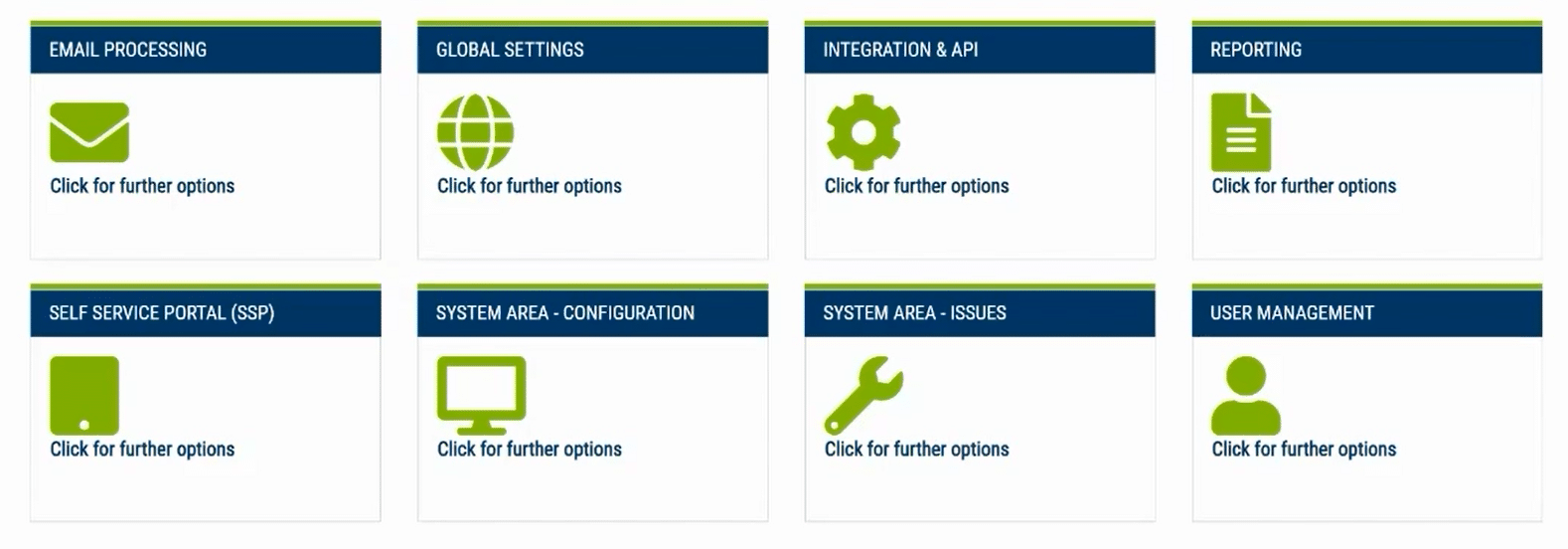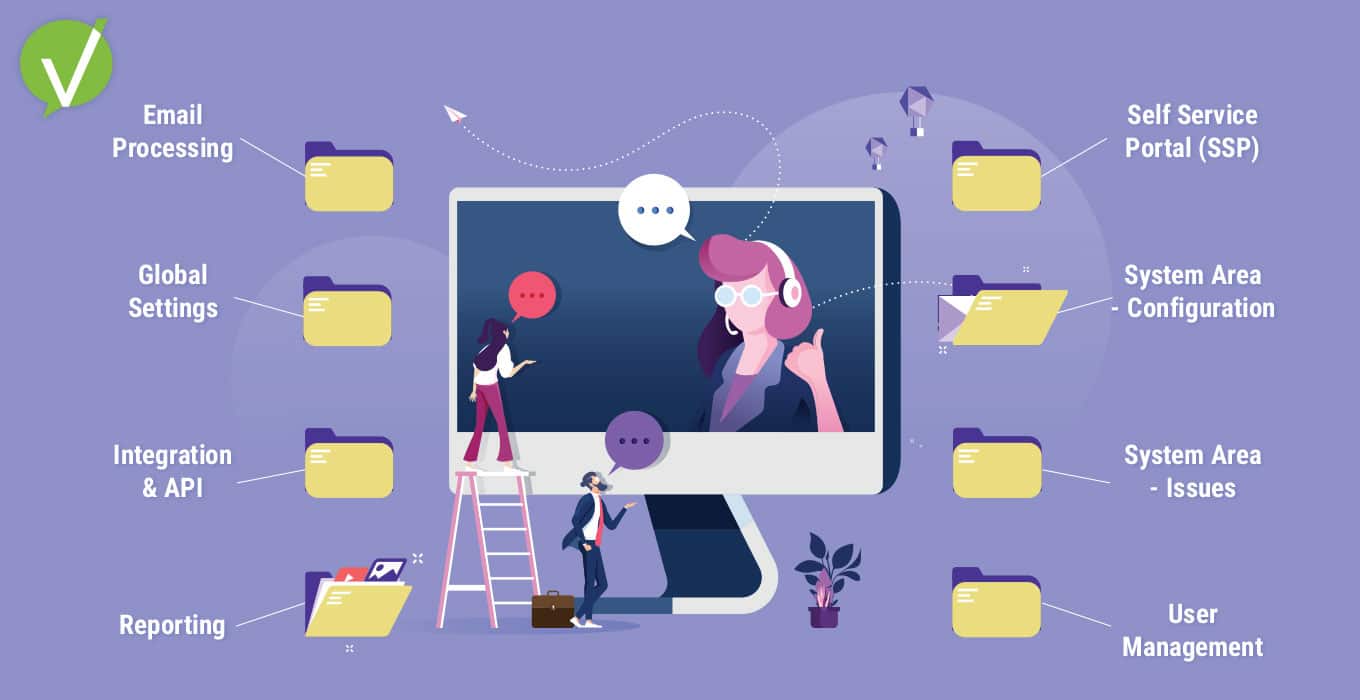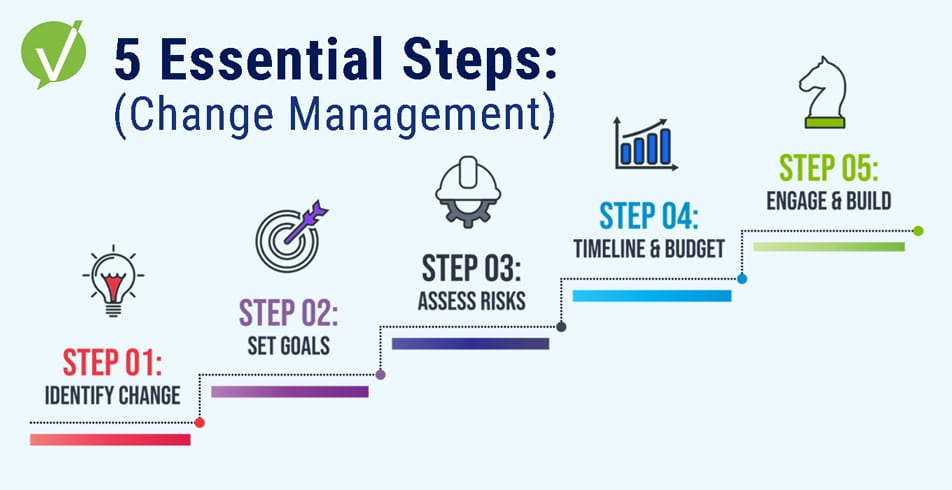ITSM Service Catalog: Benefits and Best Practices
An ITSM service catalog is the best way to inform users about everything an IT department can do for them and provide them quick access to whatever they need. Catalogs play a vital role in the ITSM experience, as a quality IT framework requires clear and simple presentation to ensure that users can utilize its benefits. Otherwise, much of the time and financial investment into implementing new IT services may go to waste.
To help businesses get started on their ITSM service catalog, we are going to cover the following:
- What an ITSM service catalog is
- The benefits of developing a catalog
- How to build a service catalog
- Choosing the right service catalog tool
What is an ITSM Service Catalog?
An ITSM service catalog is a digital catalog of every service an organization’s IT department provides, all on a single page. They aren’t just lists but a collection of links that allow users to jump to each service page quickly or a request form for the selected service.

These catalogs serve as a “one-stop-shop” for all users on an IT network, ensuring that they have a searchable list of all available IT services. Their value comes in three forms:
- Simplicity
- Speed
- Comprehensiveness
A quality ITSM service catalog will make the IT service process easier and faster and inform users of an exhaustive list of every tool at their disposal, equipping them to make the best use of their IT department. This enables ITSM to have the impact that it does– without informed users, many services are left underused, reducing the ROI for the entire department.
The Benefits of an ITSM Service Catalog
Including those we have already covered, there are several benefits to building out an ITSM service catalog to help users navigate their IT support system.
| Expedited Service | Clean, user-friendly interface speeds up support ticket requests and the resolution process |
| Empowered Employees | Exhaustive list of services gives users confidence in their support infrastructure |
| Continual Improvement | Long-term utilization provides experience and data that inform future service improvements |
| Increased ROI | All benefits, listed and unlisted, improve the efficiency and value added by IT services |
Expedited Service
When employees can easily search for their desired service and be sent to the proper request form with a single click, the time between an incident and a resolution is significantly shortened. This increase in speed is compounded as an ITSM system matures and employees become more aware of its capabilities, as they know exactly where to go and what to do.
Empowered Employees
ITSM service catalogs provide next-level self-service capabilities to an IT system, empowering users with the ability to create highly-specific tickets that bring quick and quality resolutions. This gives employees more confidence in the system and makes them less likely to neglect service requests until they hit a major incident that keeps them from performing vital work duties.
Continual ITSM Improvement
Over time, businesses are able to compile data and generate reports on the use of their services through a catalog. This data can be paired with user feedback to improve operations continually. This is one of the cornerstones of a self-sustaining IT department.
Increased ROI for the IT Department
While the primary purpose of an IT department is to empower users and give businesses better control over their operations, every investment a business makes is expected to have some level of positive return. The IT department is no different.
All the benefits we have listed save companies a lot of money in the form of less downtime, better security, and more efficient operations. Catalogs ensure this value is well-utilized by keeping users informed and services accessible.
How to Build an ITSM Service Catalog
Building out an IT service catalog takes a few steps:
| Step 1 | Identify User Needs |
| Step 2 | Define and Categorize IT Services |
| Step 3 | Develop IT Service Workflows |
| Step 4 | Design and Publish the Catalog |
Step 1 – Identify User Needs
Before selecting the IT services offered through the catalog, businesses should research their goals, survey users, and examine industry standards. The information and feedback gathered through this process will give a more accurate picture of what users need from their ITSM service catalog.
Step 2 – Define and Categorize IT Services
After researching and selecting IT services to include, businesses need to define the scope and function of each IT service they will offer. Then, they should separate these services into larger categories to make the service catalog easier to navigate at-a-glance (though an exhaustive and searchable list should still be available).
Step 3 – Develop IT Service Workflows
Once the content and organization of the catalog are handled, IT departments need to develop efficient workflows for each service offering. These workflows should be based on ITIL best practices and procedures, and many of the software tools that are used to set up a service catalog can also provide customizable workflows with templates based on these best practices.
Step 4 – Design and Publish the ITSM Service Catalog
Now that all the logistics have been covered, businesses can design and deploy a branded, user-friendly ITSM service catalog for their users. The easiest way to do this is to implement a quality ITSM software platform that can help with every other step.
How to Choose an ITSM Software Platform
To get the best possible result with an ITSM service catalog and the quickest deployment, businesses need to leverage a cutting-edge ITSM software platform. Specifically, regarding the creation of a service catalog, there are a few features that businesses should seek out in a software partner:
| Self-Service Catalog and Portal Design Tools | Tools that simplify and streamline the design process of new portals and catalogs |
| Customizable Workflows | Workflow customization tools that provide templates and automation to improve workflow efficiency, quality, and uniformity |
| Ticket Routing Automation | Automated ticket routing to serve as the basic backbone for more efficient resolution |
| ITIL4 Framework Support | Basis in proven ITIL best practices and procedures |
| In-Depth Analytics and Report Generation | Comprehensive analytics and KPI tracking, as well as quick and accurate report generation |
Vivantio’s industry-leading ITSM platform can provide all of these features and more.
Create an ITSM Service Catalog with Vivantio
While each of the benefits listed in this article works wonders for businesses, they won’t help if managers choose a platform that doesn’t offer all of the necessary features. Vivantio offers a cutting-edge customer service software platform that offers everything listed and more, including:
- Endless integrations to make implementation easy
- Automatic ticket routing to ensure every ticket gets to the proper agent
- Workflow designer tool that allows managers to customize the framework of their CS operations without any technical knowledge required
- White-label service portals so businesses can maintain a cohesive brand throughout the service process
- A holistic view of each client to ensure that no agent is left without vital information













